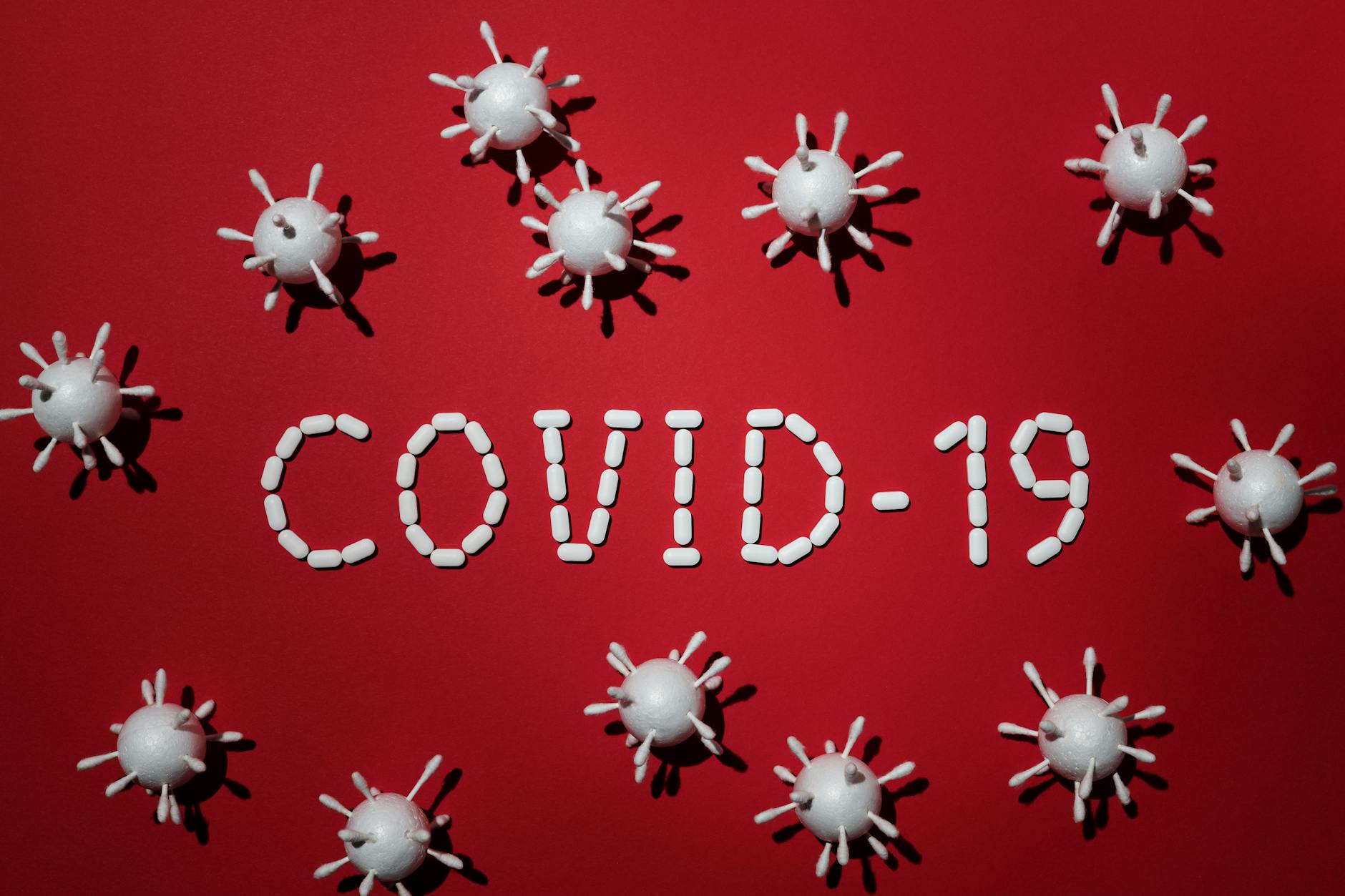Discover the hidden truths of bacterial vaginosis – from its elusive causes to the surprising symptoms and effective treatment options.
Table of Contents
Welcome, readers, on a journey to unravel the mystery of bacterial vaginosis, a common vaginal infection that affects many women. In this blog post, we will delve into the causes, symptoms, and treatments of bacterial vaginosis. By understanding this condition better, you can take steps to manage it effectively and improve your overall vaginal health.
Causes of Bacterial Vaginosis
Bacterial vaginosis occurs when there is an imbalance of bacteria in the vagina. Normally, the vagina contains a delicate balance of good and harmful bacteria. However, certain factors can disrupt this balance, leading to the overgrowth of harmful bacteria such as Gardnerella vaginalis. Common causes of bacterial vaginosis include:
- Poor intimate hygiene practices
- Sexual activity with multiple partners
- Use of scented feminine hygiene products
- Douching
Symptoms of Bacterial Vaginosis
Recognizing the symptoms of bacterial vaginosis is essential for early detection and treatment. Common symptoms of bacterial vaginosis include:
- Thin, greyish-white vaginal discharge
- Fishy odor, especially after sex
- Itching or irritation in the vaginal area
- Burning sensation during urination
Treatment Options for Bacterial Vaginosis
Fortunately, bacterial vaginosis is a treatable condition. Here are some common treatment options for bacterial vaginosis:
| Aspect | Description |
|---|---|
| Causes | Bacterial overgrowth in the vagina, frequent douching, new sexual partners, and using scented soaps or lotions. |
| Symptoms | Unusual vaginal discharge (white or gray with a fishy odor), itching or burning sensation, and pain during urination. |
| Treatments | Antibiotics prescribed by a healthcare provider, maintaining good hygiene, avoiding douching, and using cotton underwear. |
- Antibiotics: Your healthcare provider may prescribe antibiotics such as metronidazole or clindamycin to eliminate the harmful bacteria causing the infection.
- Probiotics: Consuming probiotic-rich foods or supplements can help restore the healthy balance of bacteria in your vagina.
- Avoiding irritants: Avoid using scented feminine hygiene products, douches, and harsh soaps that can disrupt the vaginal flora.
- Practicing safe sex: Using condoms during sexual activity can help prevent the spread of harmful bacteria and reduce the risk of recurring infections.
Remember, it is crucial to follow your healthcare provider’s recommendations for treatment and attend follow-up appointments to ensure that the infection is fully cleared. Furthermore, maintaining good vaginal hygiene practices and adopting healthy lifestyle habits can help prevent recurrent bacterial vaginosis episodes.
By gaining a deeper understanding of bacterial vaginosis and actively managing the condition, you can take control of your vaginal health and experience relief from uncomfortable symptoms. Don’t hesitate to seek professional medical advice if you suspect you may have bacterial vaginosis. Your health and well-being are paramount, and addressing any concerns promptly is the first step towards feeling your best.
FAQs
Can bacterial vaginosis be prevented?
Answer 1: While bacterial vaginosis cannot always be prevented, maintaining good intimate hygiene practices, using condoms during sex, and avoiding douching can help reduce the risk of developing this condition.
Is bacterial vaginosis a sexually transmitted infection?
Answer 2: Bacterial vaginosis is not considered a sexually transmitted infection, although sexual activity can contribute to an imbalance in vaginal bacteria and increase the risk of developing the condition.
Can I treat bacterial vaginosis at home?
Answer 3: While some home remedies like probiotics may offer relief, it is recommended to consult a healthcare provider for proper diagnosis and treatment of bacterial vaginosis, as prescription antibiotics may be necessary for effective management.
How long does it take to treat bacterial vaginosis?
Answer 4: The duration of treatment for bacterial vaginosis varies depending on the severity of the infection and the individual’s response to antibiotics. Typically, a course of antibiotics prescribed by a healthcare provider can clear up the infection within one to two weeks.




